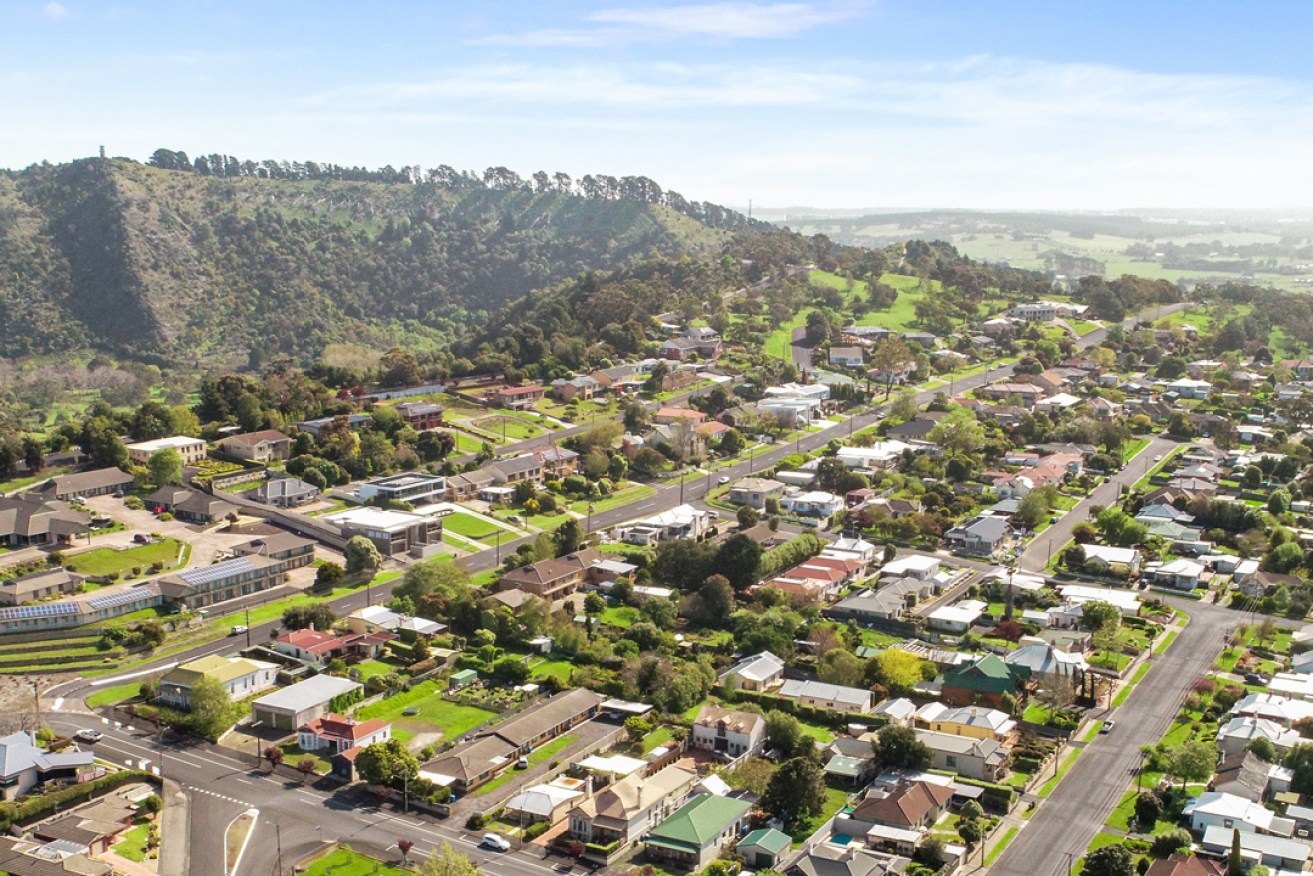South East leads charge as country house prices gain pace
House prices in the state’s South East are outpacing the Adelaide market and growing faster than anywhere else in country South Australia, according to the latest regional real estate data.


CoreLogic’s Regional Market Update, released last week, shows the top five fastest-growing country council areas in South Australia are all in the South East.
Mount Gambier topped the list, growing by 29.5 per cent for the 12 months to April 2022. This was higher than the Adelaide growth rate in the same period – 26.2 per cent -and well up on the national average of 16.7 per cent.
Strong performing South East councils also include Wattle Range, Robe, Kingston and Grant, which takes in the countryside immediately surrounding Mount Gambier.
Other regions to perform well included Yorke Peninsula and the Fleurieu Peninsula just south of Adelaide.
Councils on Eyre Peninsula and in the state’s Mid North had the slowest growth, led by Whyalla where house values increased by 6.5 per cent for the year to a median value of $191,994.
There were 668 house sales in Mount Gambier in the 12-month period, up more than 25 per cent on the previous year. The strong demand pushed the median house price in the state’s second-largest city to $346,578, still 44 per cent cheaper than Adelaide’s median house price of $619,819.
Independent Mount Gambier real estate business Key2Sale is a leading player in the local property market.
Director Gail Richards said the recent boom had followed a decade of stagnation for Mount Gambier real estate.
She said the town, which has a population of just under 30,000, was still very affordable and its location half way between Adelaide and Melbourne had attracted strong interest from prospective buyers in South Australia, Victoria and New South Wales.
“The COVID pandemic really put us on the map for real estate because we’re such an affordable area – people couldn’t believe what they could buy a house for here – and slowly the secret got out,” Richards said.
“We’re now seeing very high levels of interest from investors in Victoria and New South Wales, our rental yields are strong and it is a great place to live.
“As much as we’ve had a lot of interstate inquiries, the local industries of farming and forestry have also been very buoyant and have had some strong times and if they are doing well then there is more spending in our town.”
While the number of Mount Gambier house sales in the year to April increased by 26 per cent, the median number of days each house spent on the market fell to just 37.
Richards said more houses being sold but less available reflected a combination of increased demand and reduced supply.
“I’ve had a 20-year career in real estate and this is certainly the lowest levels of stock that I’ve ever been carrying.
“We’re still seeing a downward trend coming into winter so what does come onto the market is still being snapped up because of that stock shortage.
“Buyers know at the moment that they have to be quick or they run the risk of missing out – especially in the $300,000 to $400,000 bracket.
“As soon as we put a listing up in that price vicinity, it seems to be snapped up very quickly.”
The Reserve Bank of Australia this month lifted the cash rate for the first time since November 2010 and after holding the rate at a record low 0.1 per cent since November 2020.
The 25 basis point interest to 0.35 per cent has since been passed on by all four major banks but Richards said its impact is yet to be seen on the South East property market.
“I can see the Mount Gambier market sustaining interest rate rises for a little while because we are affordable and we do have a lot lower price points than our city counterparts so it will be interesting to see where the market goes next,” she said.
“Real estate commentators got it wrong two years ago and said it was all doom and gloom but where it goes next really comes down to interest rates and fuel prices, which have a big impact on the cost of living.”
CoreLogic’s Research Director Tim Lawless said the rapid rate of growth for regional areas had continued as conditions in capital city markets, particularly Sydney and Melbourne, softened in recent months.
He said the outlook for regional markets across Australia was for a softening in growth rates to more sustainable levels as interest rates moved higher and affordability pressure mounted.
“Arguably some regional markets will be somewhat insulated from a material downturn in housing values due to an ongoing imbalance between supply and demand,” Lawless said.
“We are continuing to see advertised stock levels remain extraordinarily low across regional Australia and settled sales activity looks to be holding firmer relative to the capitals.
“A lot will depend on regional migration patterns and we expect the demographic trends to continue favouring regional housing markets, especially those regions with some lifestyle appeal within a few hours’ drive of the major capitals.”




